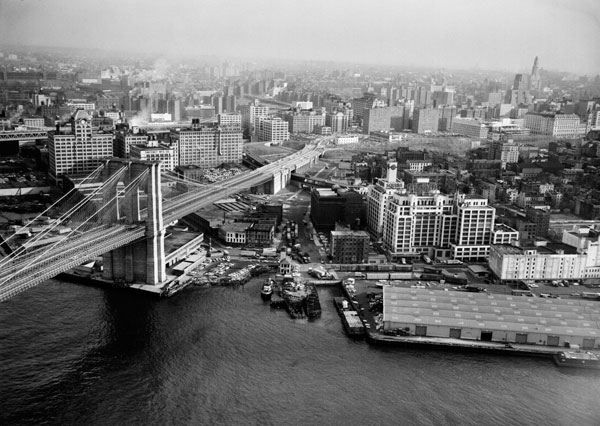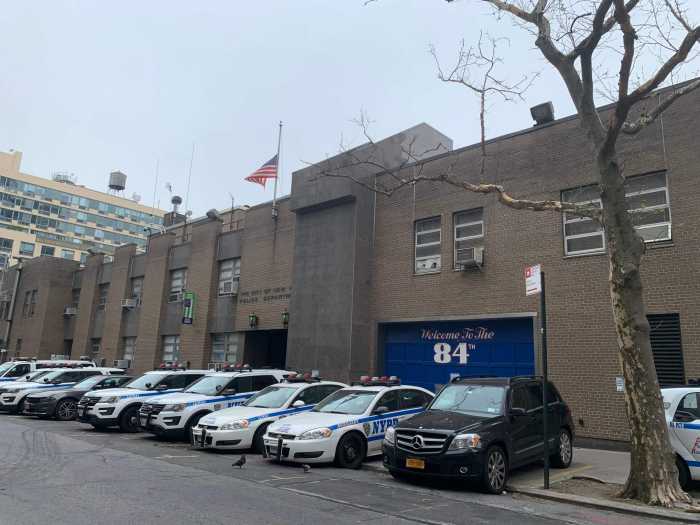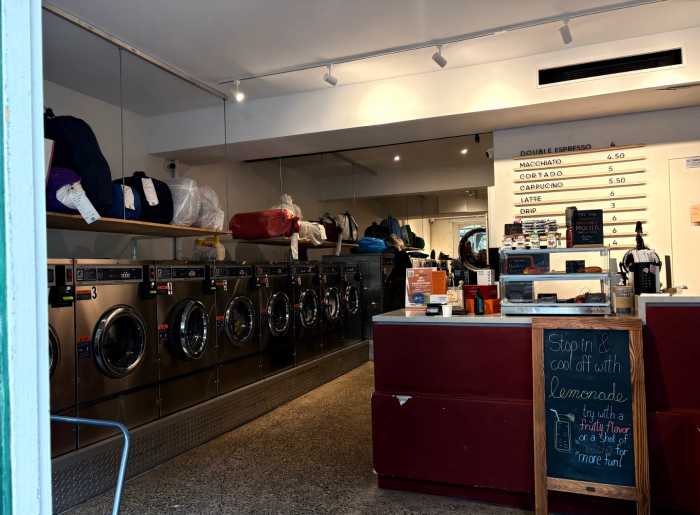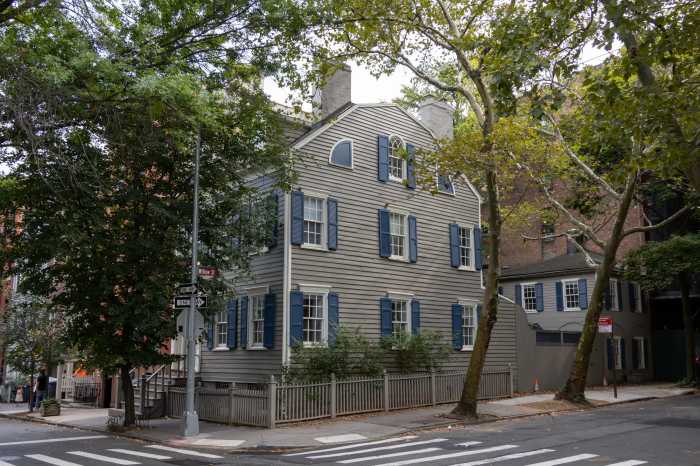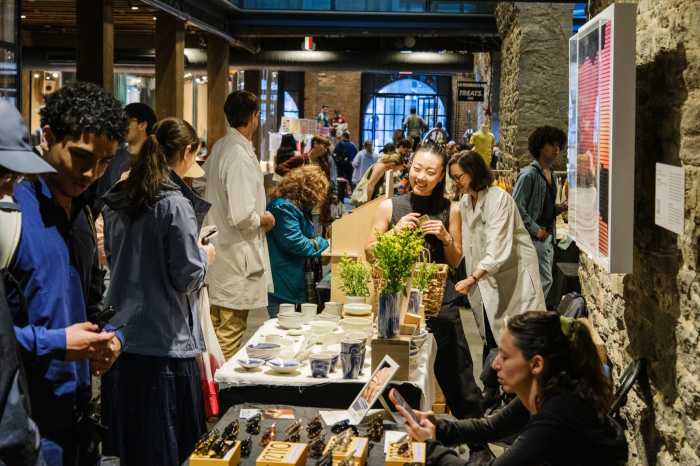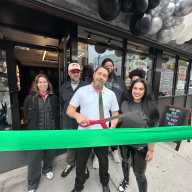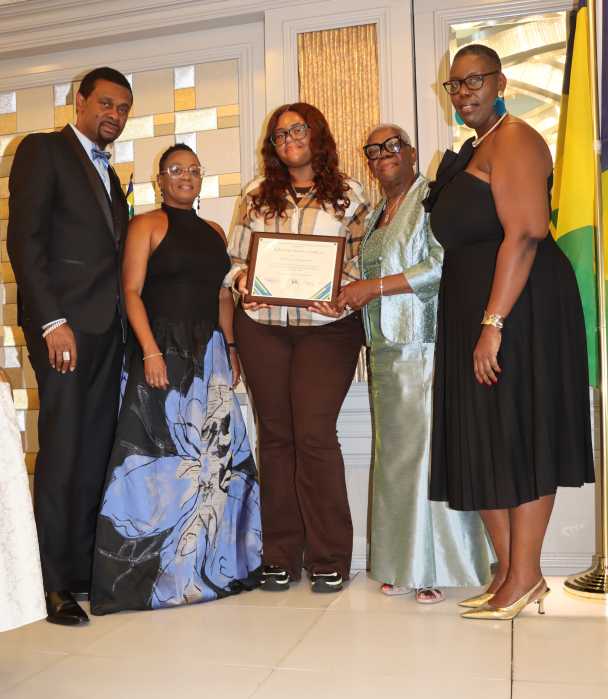This show is unpacking the past.
An exhibit of antique images plucked from city archives details Brooklyn waterfront’s transformation from an industrial shipping area to bucolic Brooklyn Bridge Park. The show, displayed inside a converted shipping container, is part of the annual Photoville photography festival, which will take over the park’s Pier 5 for seven days, starting on Sept. 10.
Many visitors to the waterside recreation spot have no idea of its industrial heritage, says the show’s curator.
“When you look at Brooklyn Bridge Park and you see the piers, the majority of people today don’t realize those were actually used for shipping, and that Brooklyn’s waterfront was a lively transportation hub,” said Quinn Berkman, a photographer and program coordinator at the New York City Municipal Archives.
“A Century on the Brooklyn Waterfront” includes images commissioned by various government agencies between 1870 and 1978, and it covers the coastline from the Manhattan Bridge down to Atlantic Avenue. Berkman and conservator Cynthia Brenwall wrestled 36 images from the department’s 200,000 square feet of photographs, maps, records, film footage, and other archival treasures. The chosen images include glass lantern slides, glass plate negatives, and silver gelatin prints, along with more contemporary photographic technologies.

The century of still images shows a radical shift from industrialization to recreation, and shows that many of the area’s iconic views were much less scenic. For instance, the Brooklyn Ice Cream Factory’s waterfront building looks much the same as it did in 1974, when it was home to the Fulton Fireboat House, but one image shows the steepled structure surrounded by commercial traffic and silhouetted with construction cranes.
“People go there to take wedding photographs,” said Berkman. “It’s hard to believe it was once a parking lot.”
The Photoville celebration of all things celluloid will feature 65 converted shipping containers, each with a different exhibit of photographic work, along with photo booths, outdoor projections, panels, workshops, and a beer garden.
“A Century on the Brooklyn Waterfront” at Photoville 2015 in Brooklyn Bridge Park’s Pier 5 [Joralemon Street at Furman Street in Brooklyn Heights, www.photo



